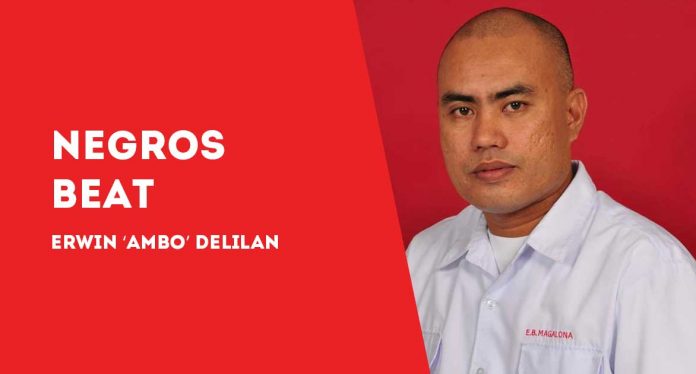
By ERWIN ‘AMBO’ DELILAN
TWO flagship programs of the city government of Bacolod are the “Pabahay” and the Bacolod Comprehensive Health Program (BacCHP) – both anchored in “humanistic approach” and realistic.
But when mathematical figures behind these programs were laid down, both turned “dreamy” for the ordinary “Juan”.
First on Pabahay – target to be constructed: 10,000 modular housing units.
Direct beneficiaries: 10,000 informal settler families (ISFs).
Attainable? Could be!
Bacolod, at present, has more than 40,000 ISFs.
The project is also in line with President Bongbong Marcos’ Pambansang Pabahay para sa Pilipino Program (4Ps). It will be spearheaded by the Department of Human Settlements and Urban Development (DHSUD). The city will just provide lands.
‘RESPECTABLE’ TAKE HOME PAY
However, when the city announced the criteria for Pabahay, many were taken aback.
Pabahay is coursed through the Pag-IBIG, which said each beneficiary must have a gross income not less than P12,000 / month. Then, they must have a “respectable” take home pay prior to Pag-IBIG deduction.
Also, each must pay around P3,000 monthly amortization for 20 to 30 years.
Why?
Each of the modular unit costs around P1.2M.
Irene of Purok Bayanihan, a slum area in Barangay Banago, said: “Indi man kami sina kasarang, Sir!”
“Ahaw pang-sisi lang palangitan-an namon, pabayarun pa kami kada bulan?” said Teody, Irene’s neighbor.
Yes, they’re excited for the Pabahay, but they know they can’t qualify.
“Ang amon ‘ya ginsaligan ang promisa nga libre nga balay. Kay ‘ti siling nila sang kampanya: Balay Mo, Sabat Ko,” Irene recalled.
ZERO BILLING
Pronouncements on BacCHP also sounded “romantic”. Initially.
On Mar. 6, sans fanfare, 15,000 BacCHP cards were distributed to the enrolled beneficiaries.
A P50-M budget was earmarked for the program.
All Bacolodnons would be enrolled as long as they’ll apply for the BacCHP card, they were told. Also, all who’ll be confined in the hospital will go home with zero billing.
One case was cited as example – a male patient with BacCHP card from Barangay 27. He was admitted at the Metro Bacolod Hospital and Medical Center (MBHMC). He incurred P191,000 bill, went out of MBHMC, and paid nothing. BacCHP paid the balance after PhilHealth’s deduction.
Nice inspiring novel story.
But the “lethal” question: What if the BacCHP card holder incurred over a million-peso hospital bill?
Councilor Kalaw Puentevella, chair of the committee on health at the Sangguniang Panlungsod, can’t categorically answer the question.
What he said was: “Ang BacCHP Center may assessment team. In case or need more than what is budgeted, case-to-case basis anay kay ang guwa…this be a trial period anay.”
“Depende sa case if need i-justify, I think recommendation sang assessment team ang hulaton,” the councilor added.
On the other hand, we have yet to hear from the officer-in-charge of BacCHP, City Administrator Pacifico Maghari III.
Another thing on BacCHP is Presidential Decree (PD) 1445 (Government Auditing Code of the Philippines).
Can the city government directly pay a private hospital for an excess bill of a BacCHP card holder?
The COA (Commission on Audit) has strict a guideline on this. In government, medical assistance is coursed through the Department of Social Welfare and Development (DSWD). Then, it will be distributed via AICS (Assistance to Individual in Crisis Situation). The ceiling: Worth less than P10,000 per indigent.
PD 1445 is loud and clear in stressing: “Government funds or property shall be spent or used solely for public purposes.”
BacCHP was patterned after the late Gov. Alfredo Marañon Jr.’s pet program – the Negros Occidental Comprehensive Health Program (NOCHP).
But in NOCHP, there was no promise of zero billing. Because all its partner hospitals were government-run.
BacCHP is tied with two private hospitals in the city, but on “NO DEPOSIT” policy only.
Also, each NOCHP beneficiary had only a maximum of P5,000 cash assistance for the entire year. Beyond P5,000, it was the cardholder’s responsibility.
Nonetheless, let’s wait and see how the Pabahay and BacCHP will thrive./PN







